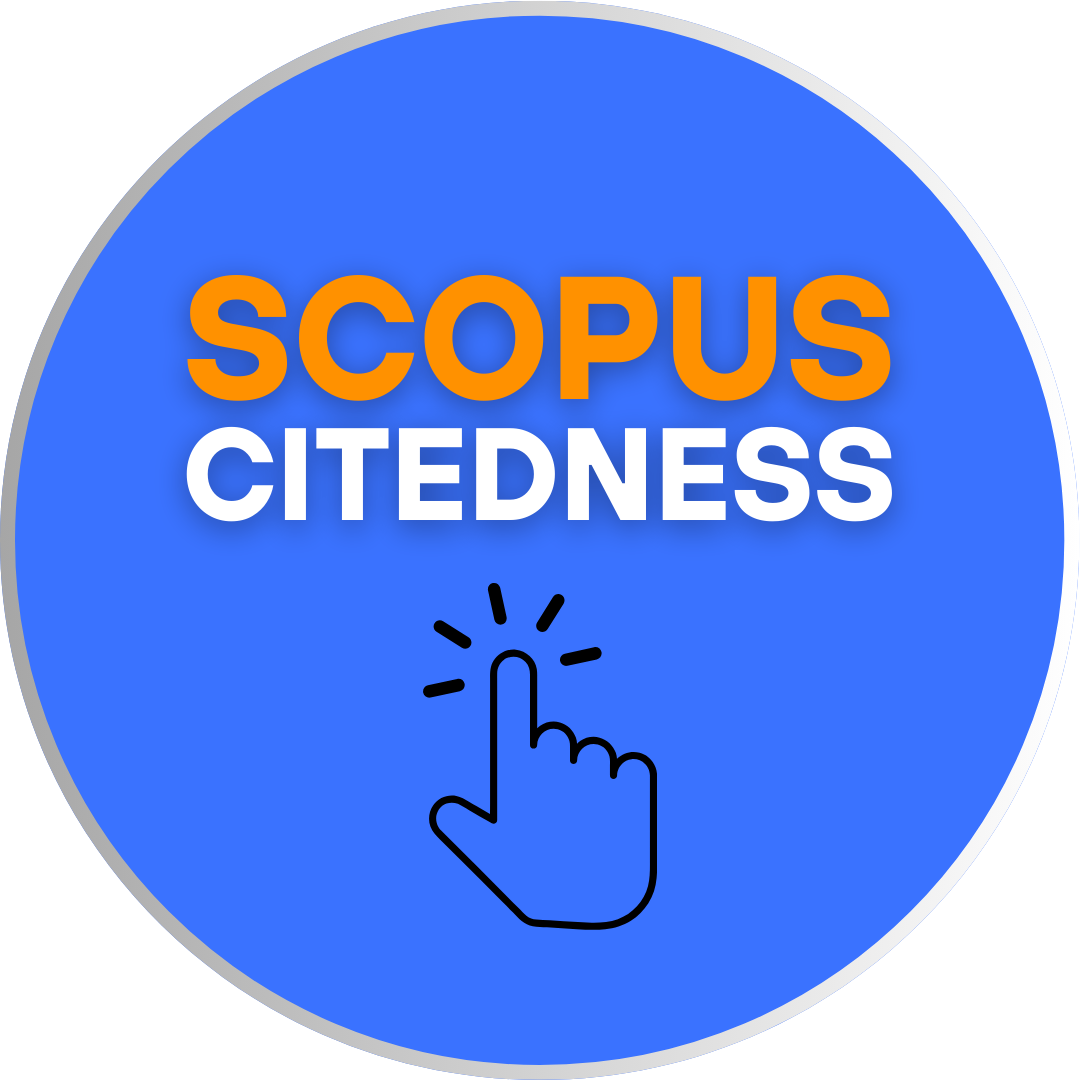USING METACOGNITIVE STRATEGIES IN TEACHING LISTENING TO EXPLANATION TEXT
DOI:
https://doi.org/10.18592/let.v6i1.1451Keywords:
Metacognitive Strategies, Teaching Listening, Explanation TextAbstract
Listening is receptive skill and it is very important skill in foreign language classrooms because it provides input for the learners; by listening the students can produce language such as speaking and writing by vocabulary that they obtain from listening. Listening process has both top-down listening process that involves activation of schematic knowledge and contextual knowledge and bottom-up listening process involves prior knowledge of the language system such as phonology, grammar, and vocabulary. Metacognitive strategies is one of language learning strategies in teaching English and considered as the most essential ones in developing learners’ skills (Anderson, 1991). It is also help the students to make language learning more successful, self-directed, and enjoyable (Oxford: 1989, p. 235). Metacognitive consists of planning for learning, thinking about the learning process as it is taking place, monitoring of one's production or comprehension, and evaluating learning after an activity is completed. This study is intended to use metacognitive strategies in teaching listening and to provide English lecturers with interesting and effective teaching strategies in enhancing the students’ active participation in teaching and learning process and improving students’ listening ability. The students use metacognitive strategies to improve their ability in listening. This study will also give additional value to the effort of increasing the quality of teaching English particularly listening in Indonesia.References
Anderson, N. J. (1991). Individual Differences in Strategies Use in Second Language Reading and Testing. Modern Language Journal, 75, 460-472. Anderson, N.J. (2002). The Role of Metacognition in Second Language Teaching and Learning. ERIC Digest, April 2002, 3-4. Anderson, M. & Anderson, K. (1997). Text Types in English 2. Macmillan: South Yarra. Literacy Committee, St Andrew’s Cathedral School Celce-Murcia, Marianne. (2000). Discourse and Context in Language Teaching. USA: Cambridge University Press. Goh, C. C.M. (2002). Exploring Listening Comprehension Tactics and Their Interaction Patterns. System, 30(2), 185-206 Goh,C. & Yusnita, T. (2006). Metacognitive Instruction in Listening for Young Learners. ELT Journal 60(3), 222–232 Goh, C. (2008). Metacognitive Instruction for Second Language Listening, Development. Theory, Practice and Research Implications. Regional Language Centre Journal, 39(2), 188 - 213. Greef, C. (1995). Summary of School Text Types in Science [Draft]. Disadvantaged Schools Program Harris and Palmer.(1986). CELT: A Comprehensive English Language Test for Learners of English. New York, McGraw-Hill Harmer, Jeremy. (2007). How to Teach English. United Kingdom: Pearson Education Limited. Hauck, M. (2005). Metacognitive Knowledge, Metacognitive Strategies and CALL. In J. O’Malley, J. M., Chamot, A. U. Stewner-Manzanares, G., Russo, R., & Kupper, L. (1985). Learning Strategies Applications with Students of English as A Second Language. TESOL Quarterly, 19, 285-296. Vandergrift, L. (1997). The Comprehension Strategies of Second Language (French) Listeners: A Descriptive Study. Foreign Language Annals, 30, 387-409.
Wenden, A. L. (1998). Metacognitive Knowledge and Language Learning. Applied Linguistics, 19, 515-37. Yang, C. (2009). A Study of Metacognitive Strategies Employed by English Listeners. International Education Studies. 2(4), 134-139.
Downloads
Published
How to Cite
Issue
Section
License
Authors who publish with this journal agree to the following terms:
- Authors retain copyright and grant the journal right of first publication with the work simultaneously licensed under a Creative Commons Attribution License that allows others to share the work with an acknowledgement of the work's authorship and initial publication in this journal.
- Authors are able to enter into separate, additional contractual arrangements for the non-exclusive distribution of the journal's published version of the work (e.g., post it to an institutional repository or publish it in a book), with an acknowledgement of its initial publication in this journal.
- Authors are permitted and encouraged to post their work online (e.g., in institutional repositories or on their website) prior to and during the submission process, as it can lead to productive exchanges, as well as earlier and greater citation of published work.
LET (LINGUISTICS, LITERATURE, AND LANGUAGE TEACHING) http://jurnal.uin-antasari.ac.id/index.php/let/index licensed under a Creative Commons Attribution 4.0 International License.
















